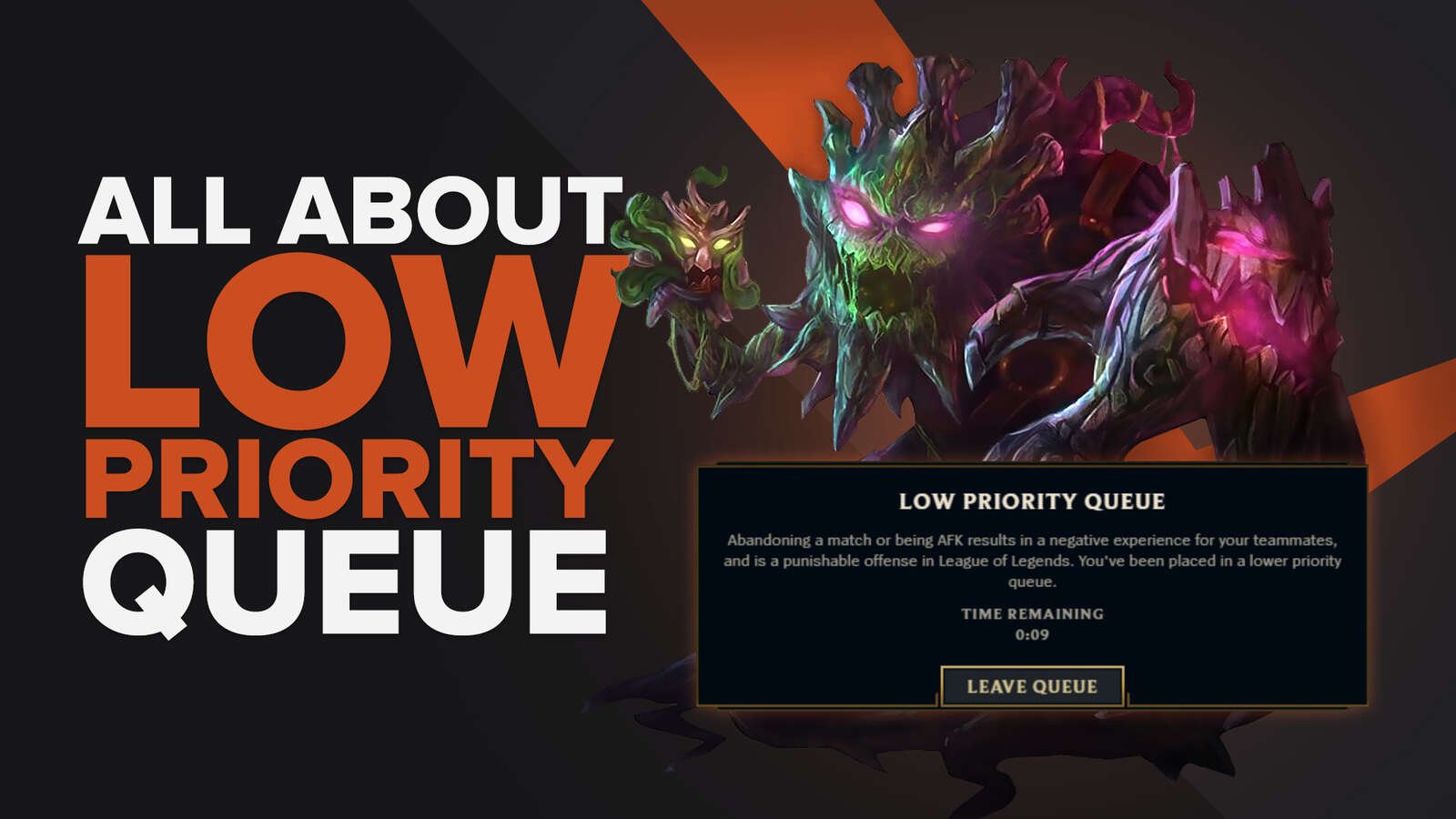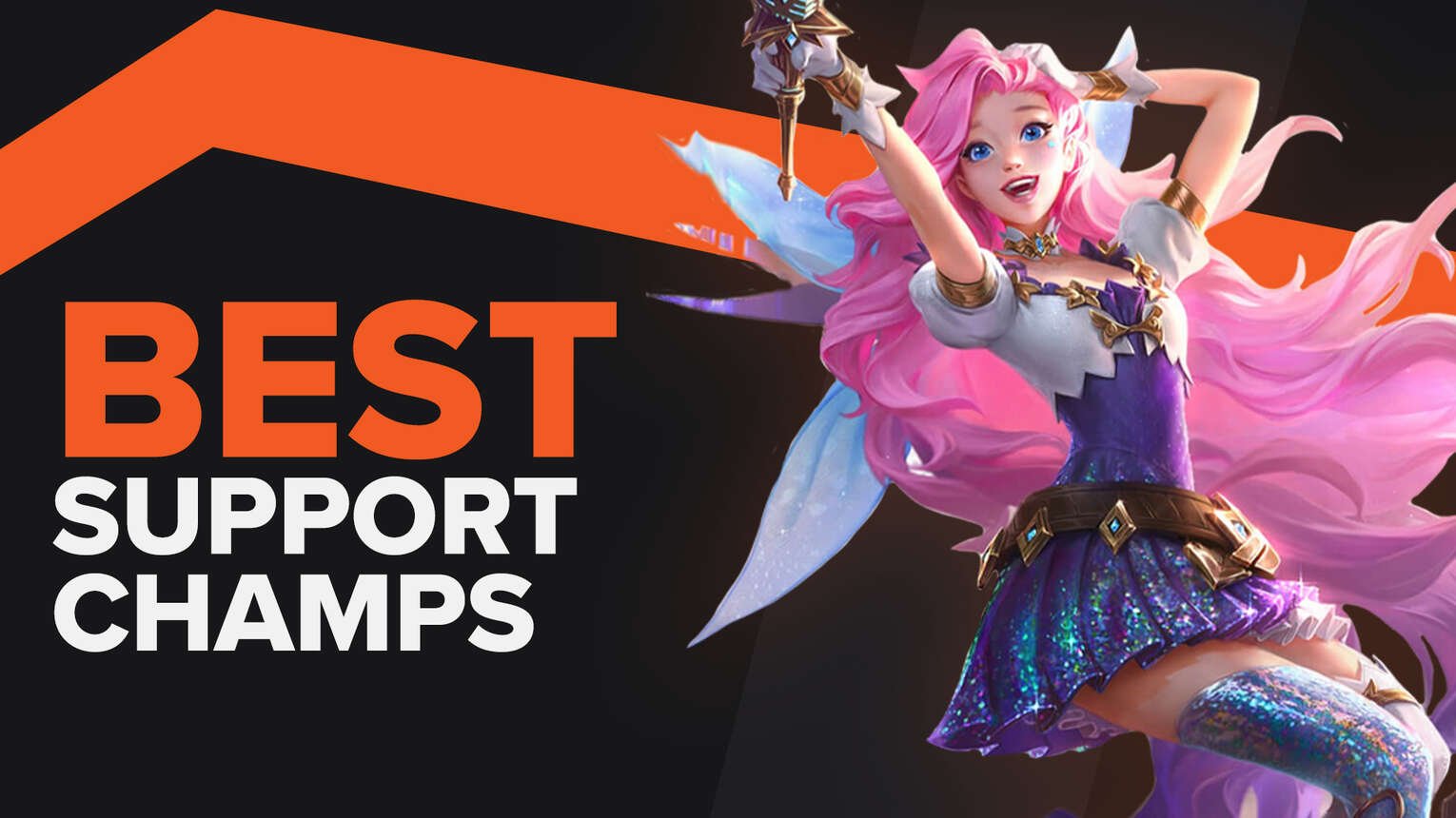
If played right, almost any League of Legends champion can be used in the support role, which is considered to be the easiest role to play. Still, pure supports offer far more than just another champion in the team, as they focus on filling up the weak spots in their team’s draft, and not just warding properly.
Janna
Before this champion was taken to the top lane, as an off-meta pick, she has been one of the best supports any ADC champion could ask for, especially with the changes from patch 12.2.
In the lane, Janna has enough poke with her W and auto-attacks to gain gold from her support item, while her tornadoes and shields are an amazing tool to stop any sort of engage on your ADC, and even turn the fight on the enemy.
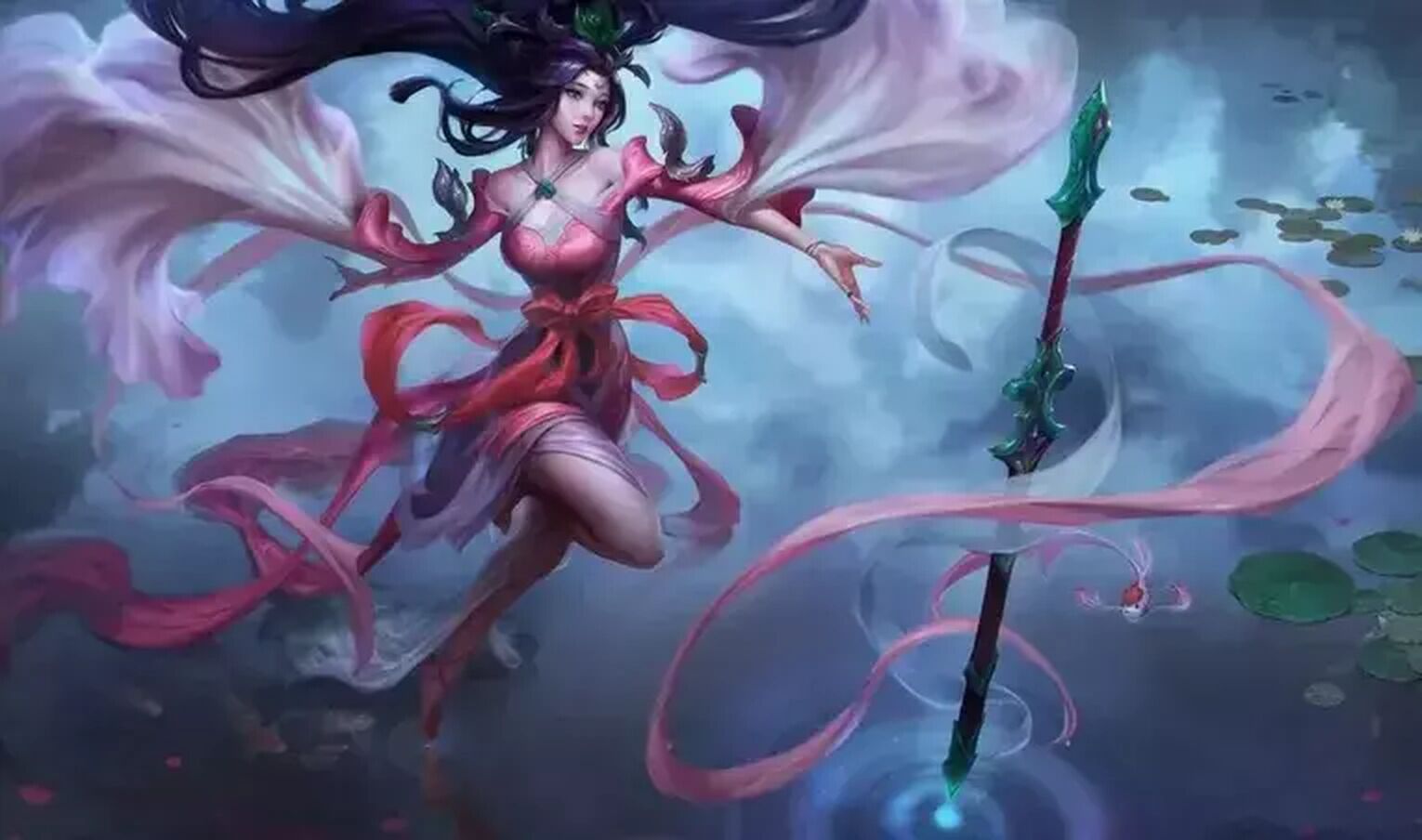
In team fights, Janna is invaluable. As these tend to be chaotic affairs, with everyone using everything in their arsenal to destroy one another, her ultimate ability knocks back all enemies hit, while healing allies in her vicinity.
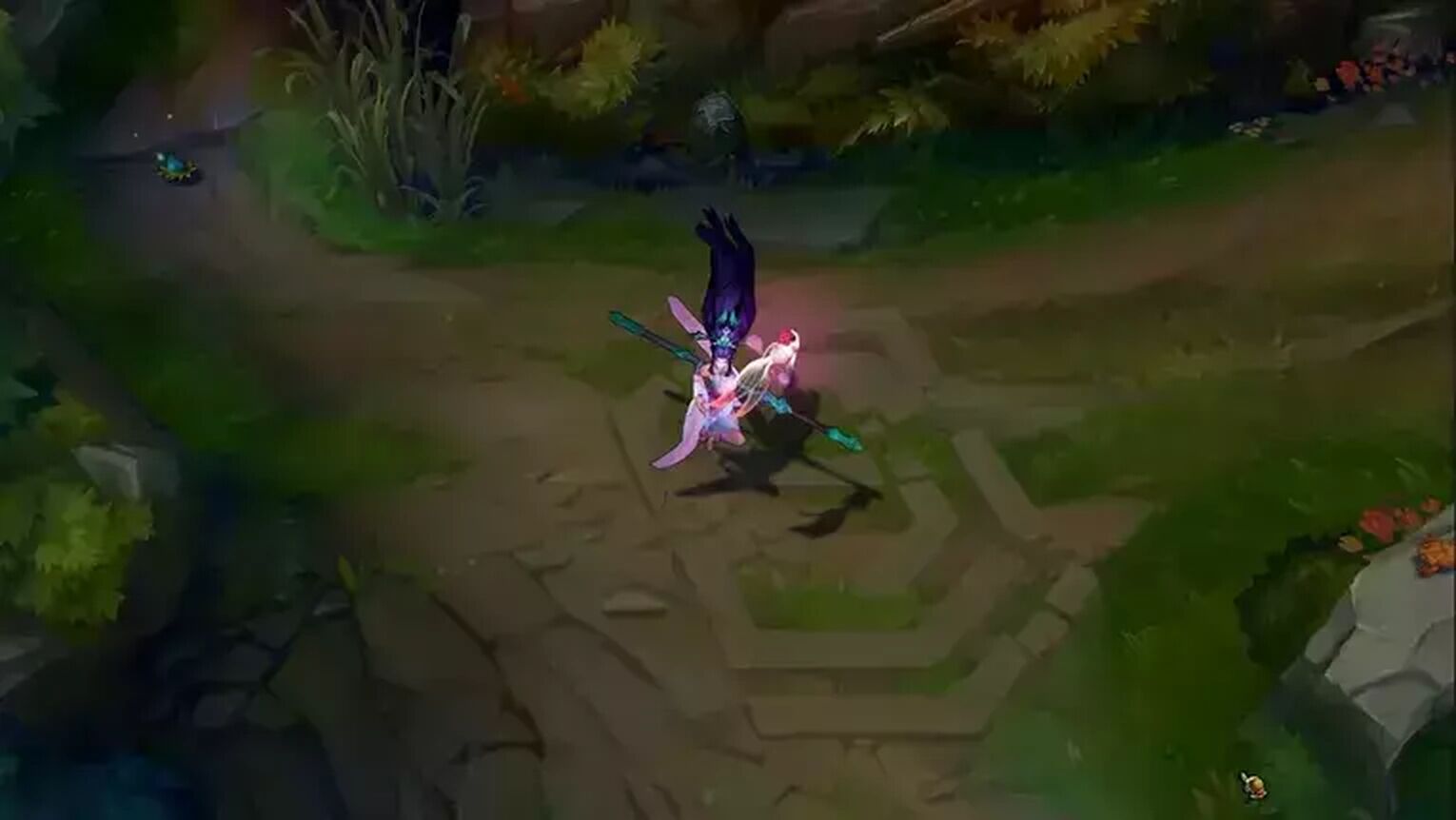
It’s more than enough to give your team time to regroup and win, while the enemy’s best abilities are on cooldown.
For this reason, Janna is considered the best peeling support champion in League of Legends, so picking her into hard-engage teams is always a good choice.
Nami
As we said before, League of Legends enchanters are not to be confused with mages, as the former prove utility while the latter provide pure damage.
Nami, on the other hand, toes this line. Nami’s W ability heals allies, damages enemies, and easily procs the Eletrocute rune, for extra early-game damage.
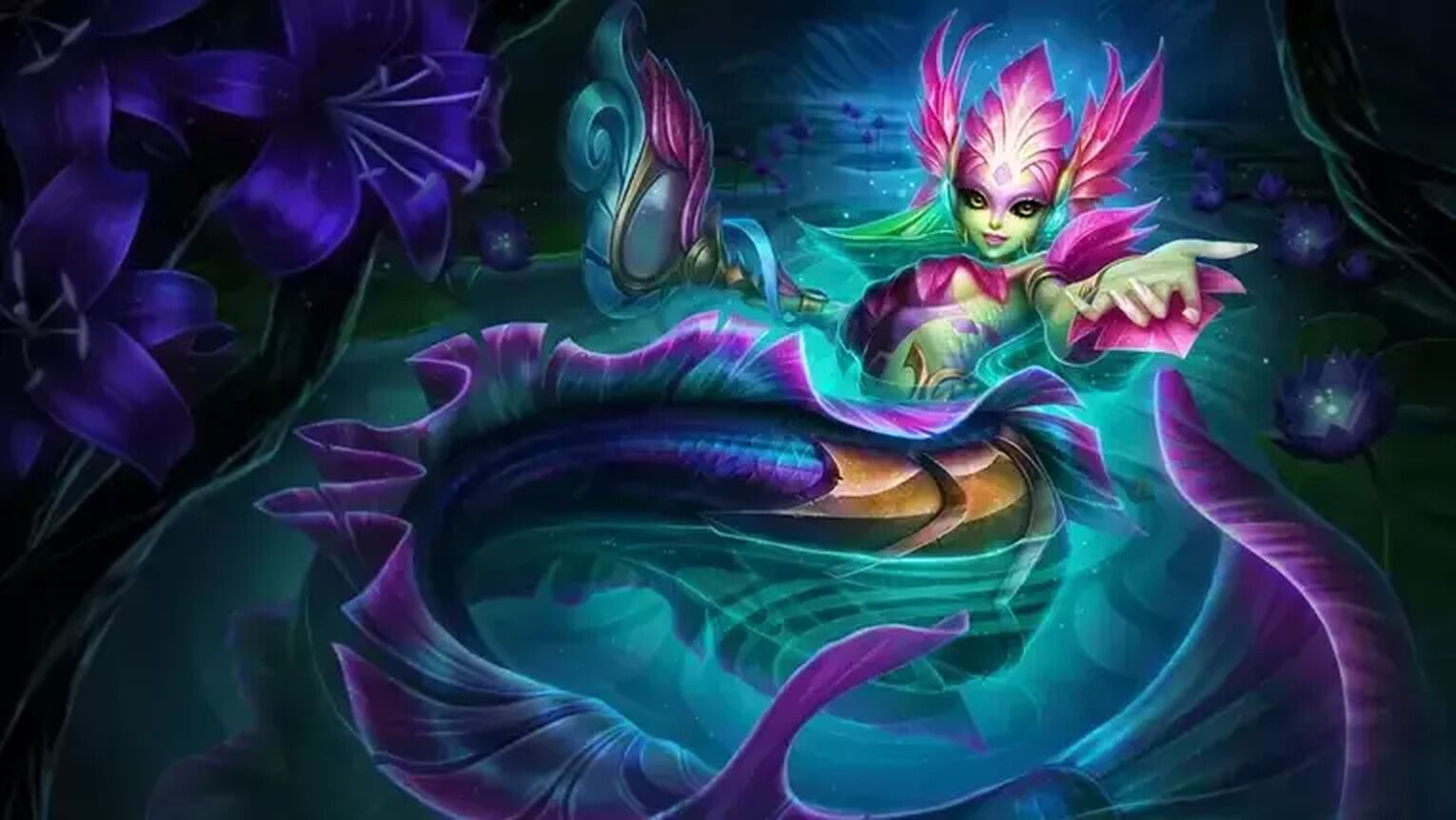
In the lane, there is no winning a trade when Nami is the enemy support. Her W offers her healing just as it damages the enemy, while her E buffs the target champion’s auto-attacks.
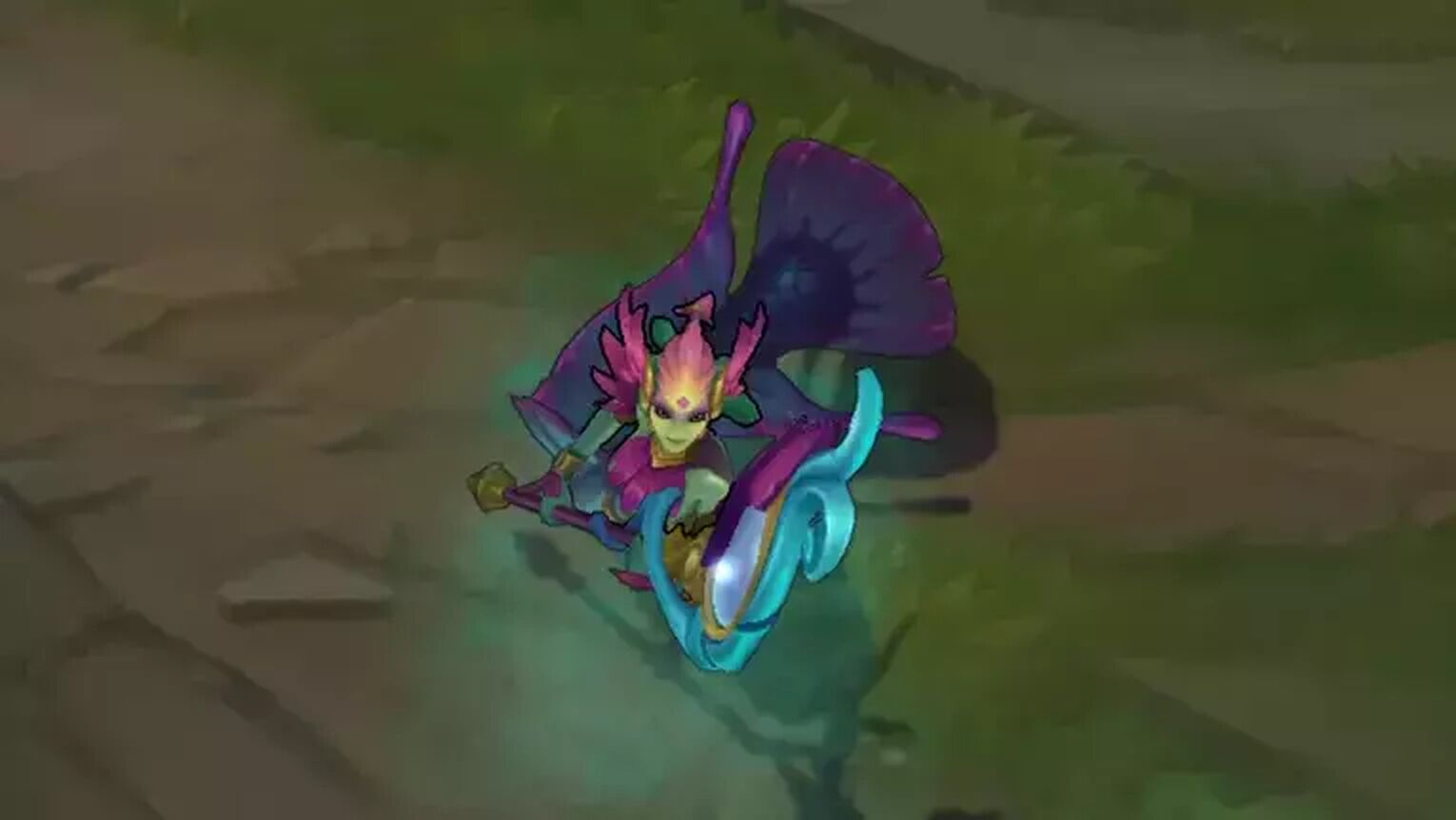
The only downside to Nami is her Q ability, which is her main crowd control. It fires a bubble of water at a target location, knocking enemies up for a time. It is also notoriously difficult to hit.
Still, her healing, passive buffs to movement speed, and early-game damage are enough to turn the tide of any fight, be it in lane or a team fight. There is a reason why, before the changes that made Janna one of the top lane picks, Nami was the most banned support in the game.
Lulu
If you try to find a guide on how to beat Lulu in lane, you will end up with no search results. the reason for that, of course, is that there isn’t any. Though she may not look like it, Lulu is the bane of existence of any assassin, tank, or mage that relies on burst damage.
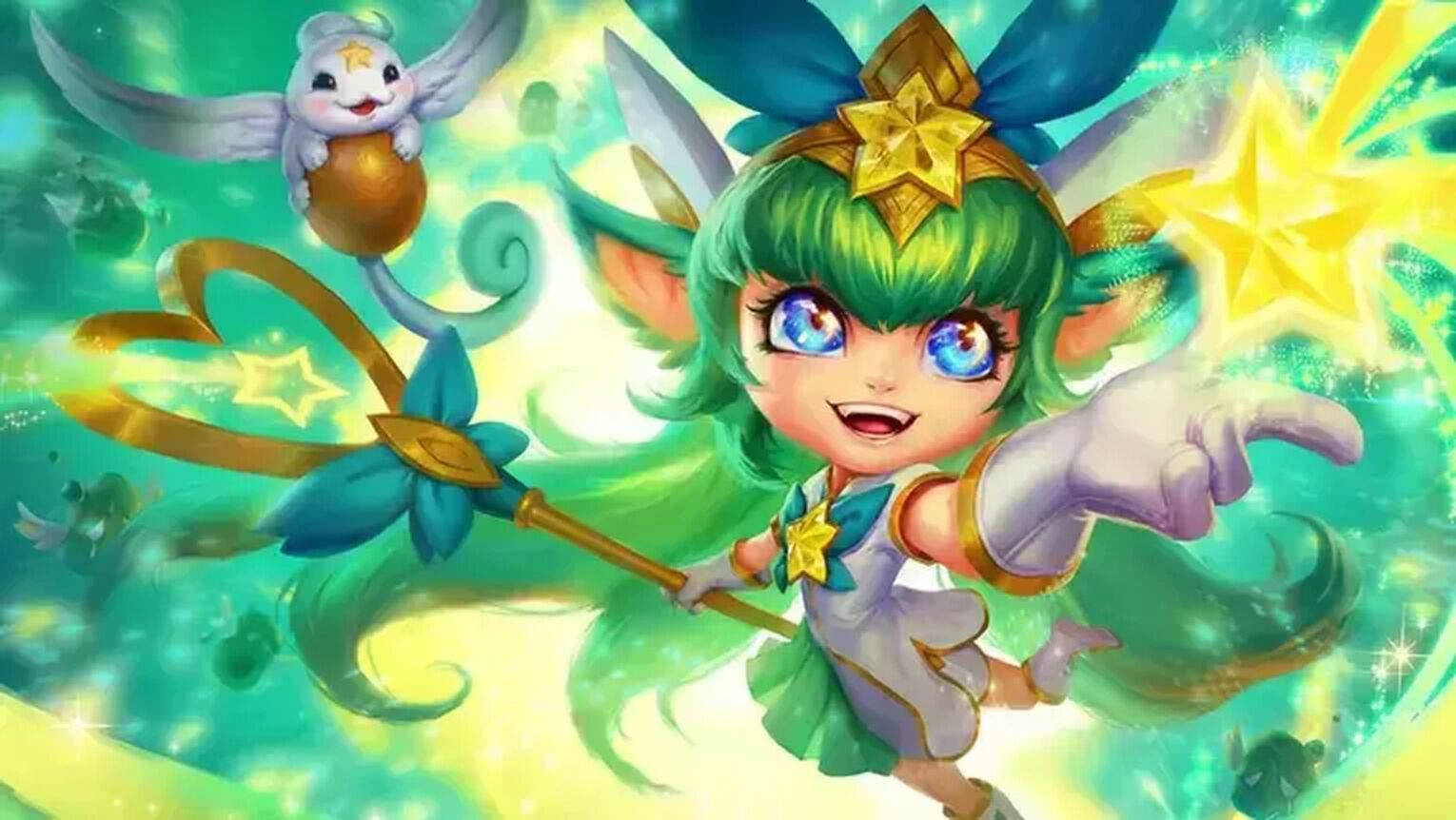
Her Q ability deals damage and slows enemies, her W can either speed up allies and give them attack speed or turn enemies into small critters, acting as an Exhaust Summoner spell, with a low cooldown.
This is without mentioning the enormous shield on her E ability, which procs her passive and gives the one it’s applied to additional magic damage-dealing attacks, one their every auto-attack.
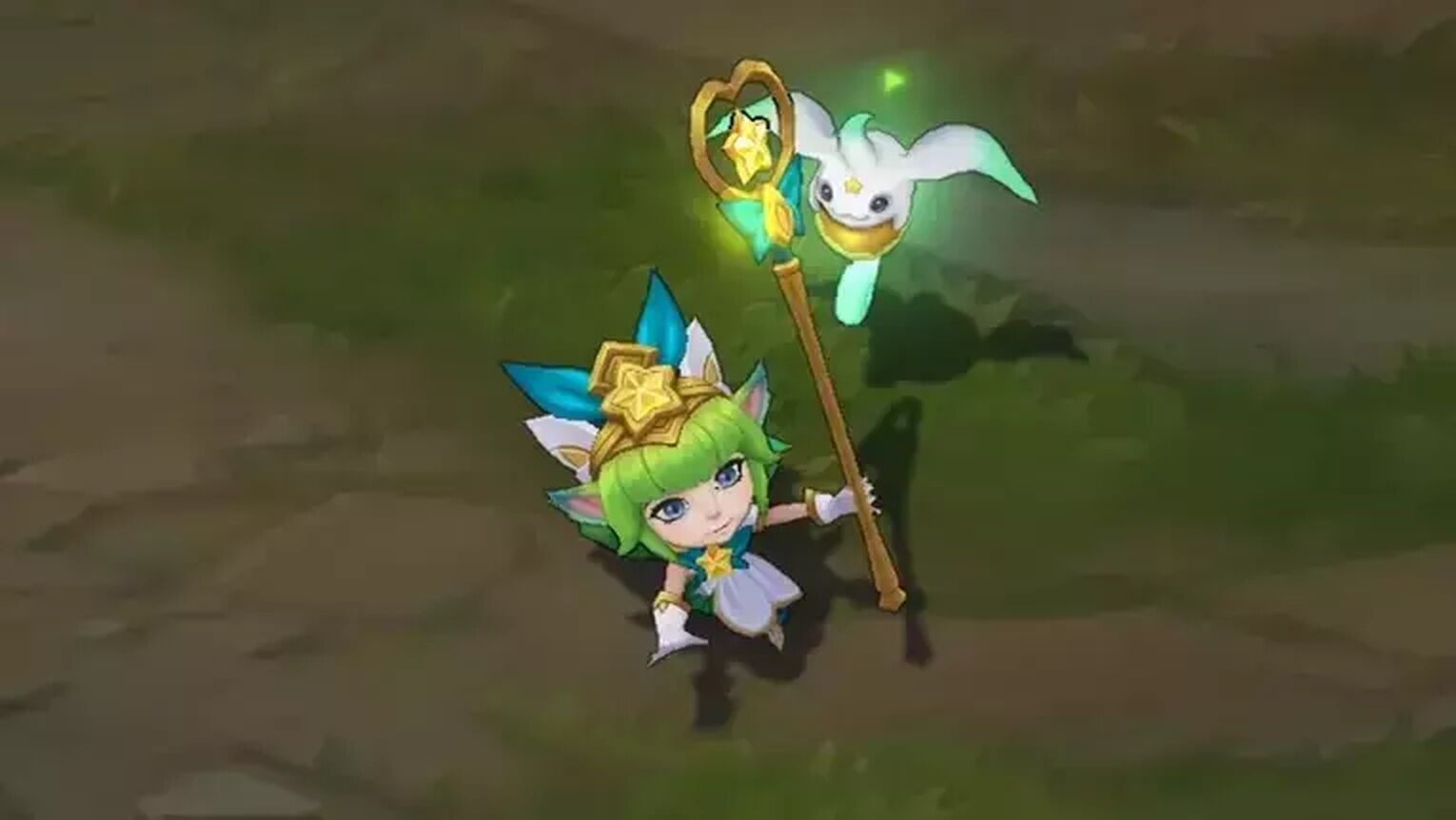
If paired with a beginner ADC such as Ashe, they become an unbeatable combo.
The only champions Lulu does not go well with are the ones she cannot follow up due to their movement speed, or those that don’t rely on Attack Speed, such as Jhin.
Soraka
With healing at an all-time peak, League of Legends offers two healing-focused supports, Soraka and Yuumi.
Of the two, Soraka is undoubtedly the better choice, for both her early-game presence and ultimate ability’s map control, even though she was released far earlier, alongside some of the oldest LoL champions.
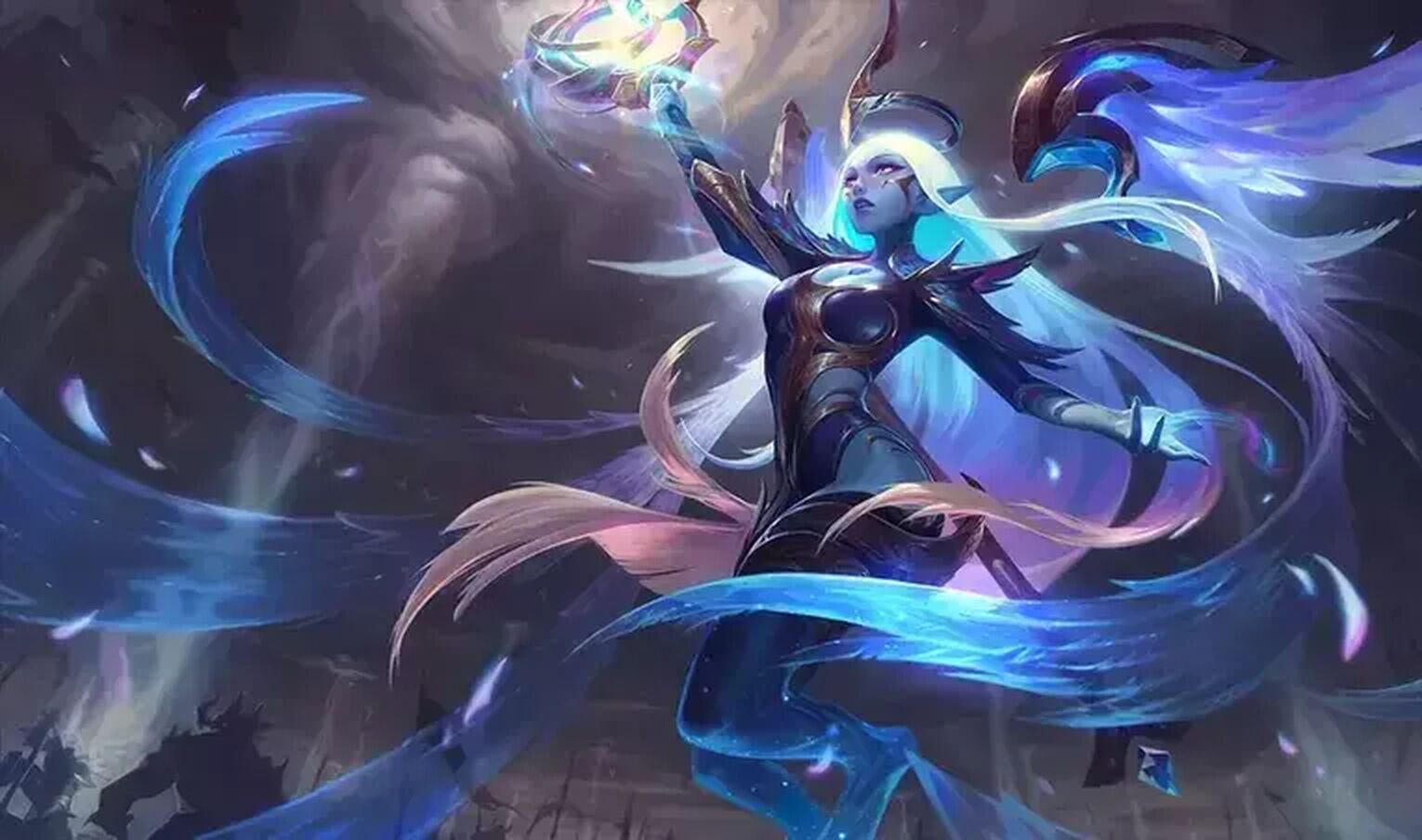
Where Yuumi makes the lane unplayable for her ADC, due to being half a champion early, Soraka offers more than just healing.
Her Q has adequate damage to poke with, while her E ability is silence debuff, one that applies to every enemy champion in its large hitbox.
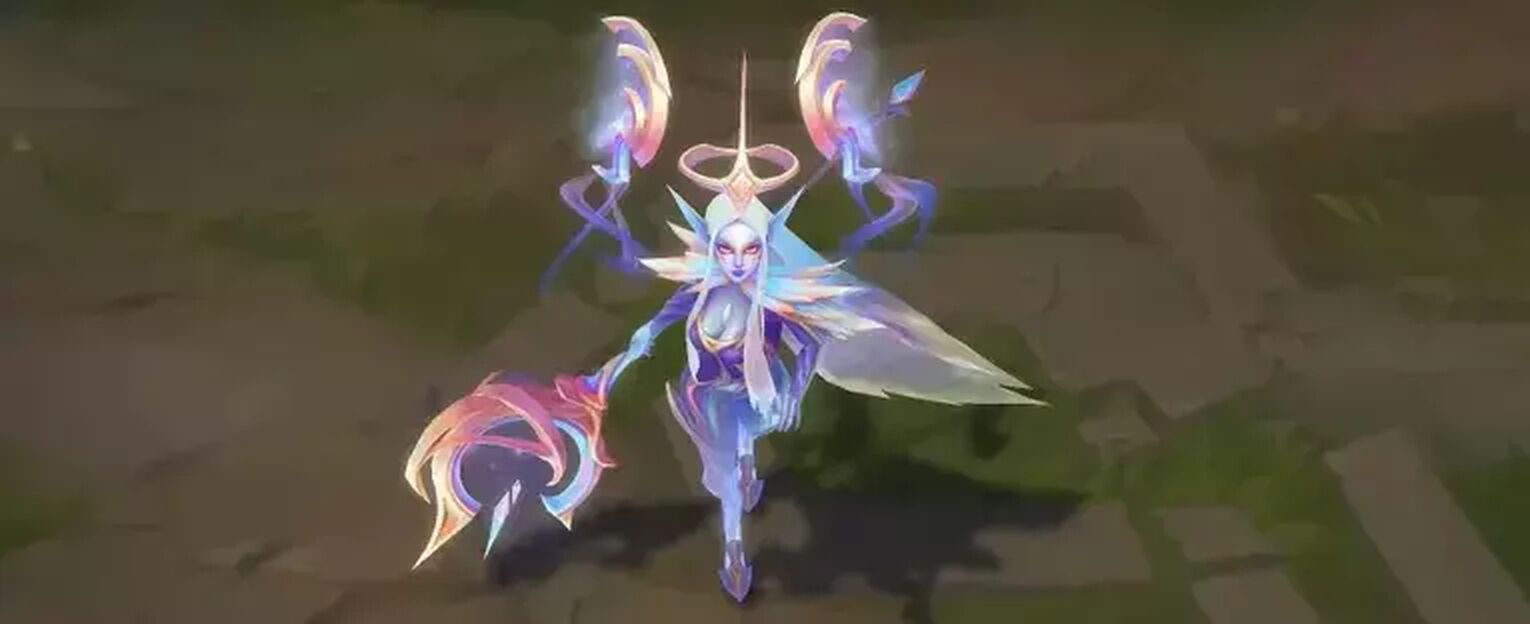
She shines upon reaching level 6, as Soraka can turn the tide of any skirmish with her ultimate ability alone, and get her other lanes or jungle ahead, all without leaving her ADC to fend for themselves, due to her ultimate ability’s range being a global one.
Thresh
Starting this list off with a support champion whose skins and visual appearance portray him as anything but, we have Thresh.
This is one of the four League of Legends supports that have a hook as their main characteristic, as Swain’s and Renata Glasc’s abilities cannot be considered hooks in the traditional sense.
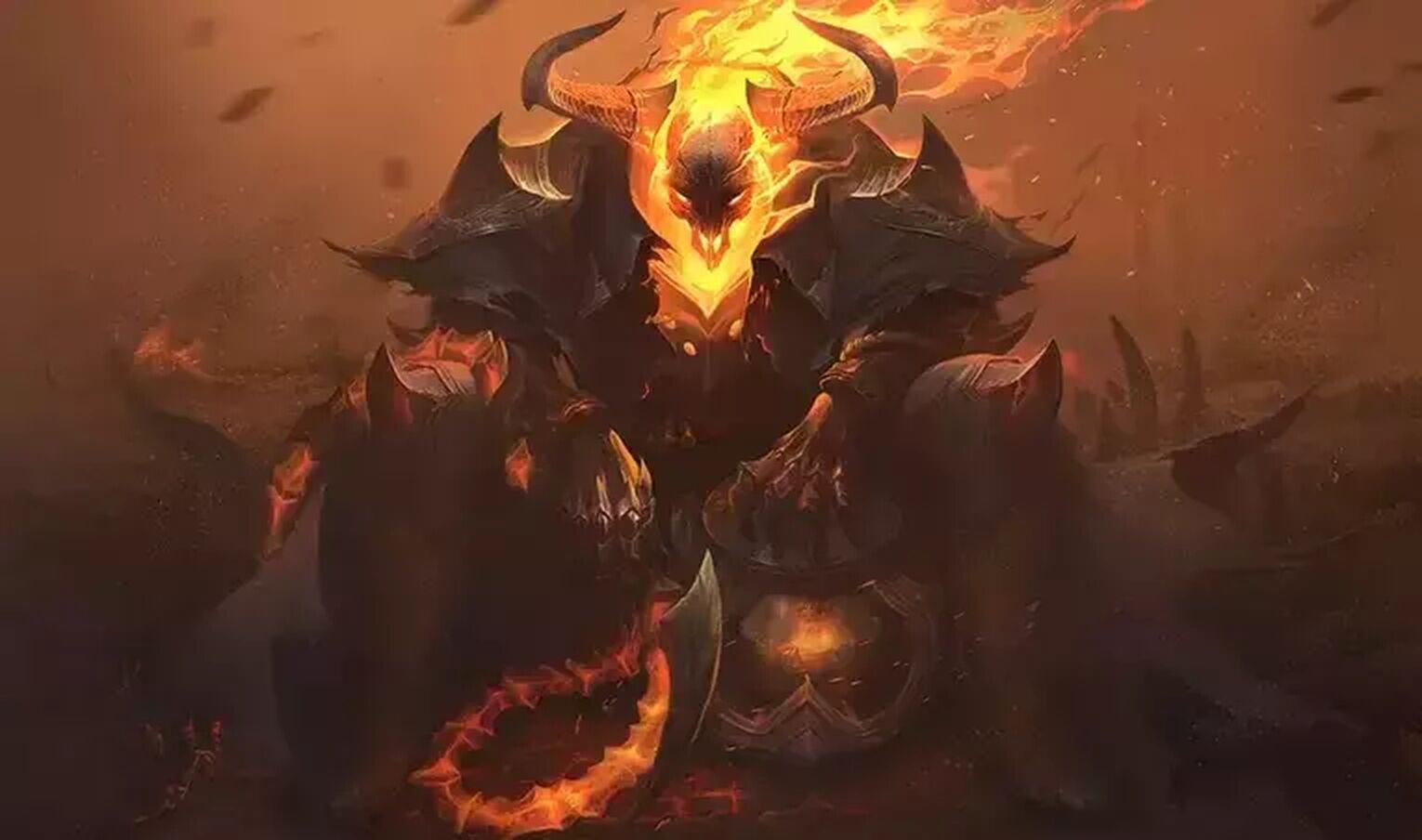
Unlike his colleagues, however, Thresh offers far more than just straightforward hooks.
His E ability can be used to peel enemies for his ADC as well as engage in the middle of the minion wave, while his W allows him to extricate allies from sticky situations.
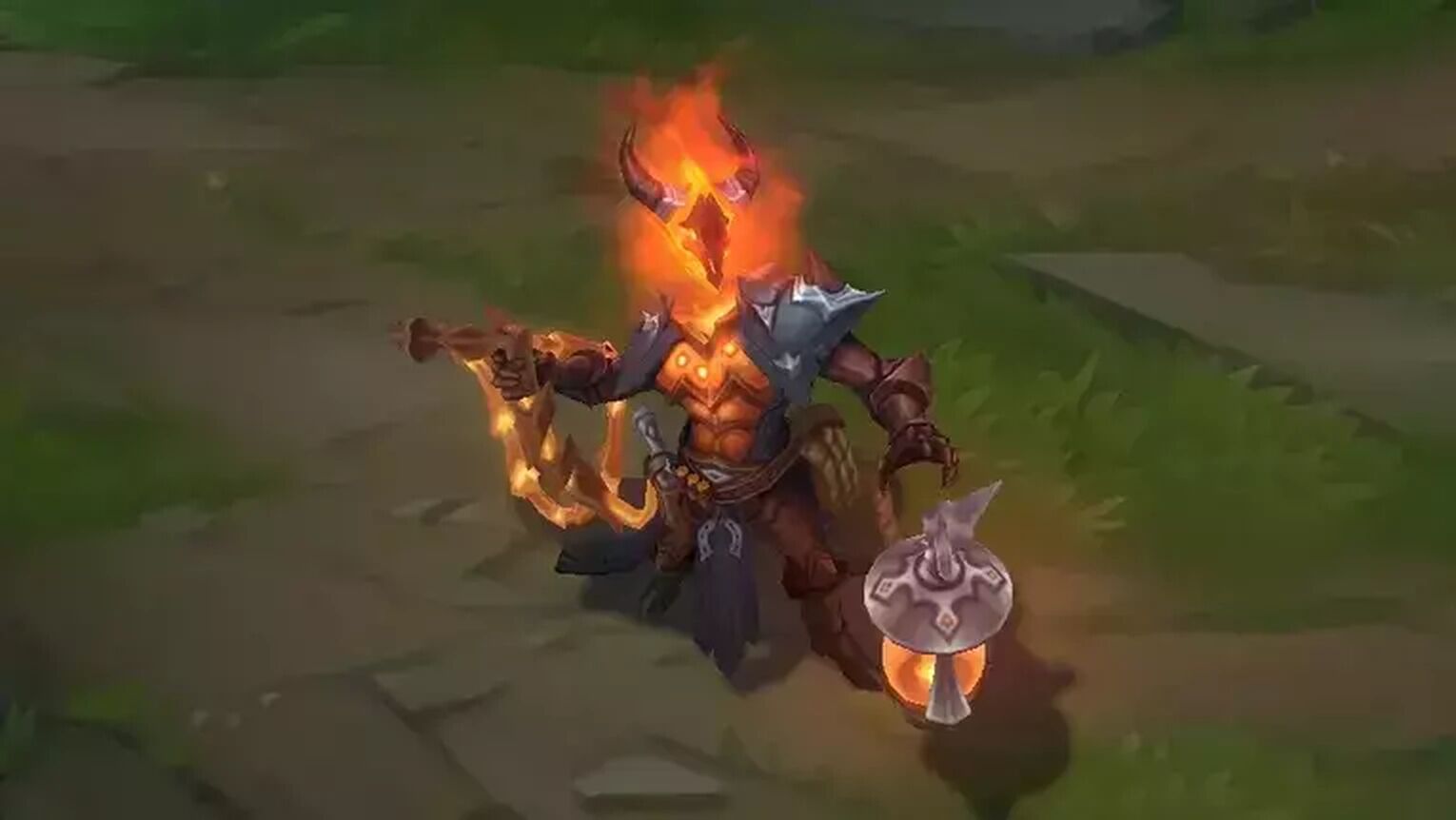
Add in the fact that he is an infinitely stacking champion, with high early game physical damage, and a good Thresh player is a delight to have on your team. As far as the support role goes though, this is one of the hardest champions to master.
Leona
Engage support champions are, as a rule, almost always tank champions. And in the support role, Leona is the tankiest of them all.
Of course, there is more to this champion than tankiness, as she is also one of the champions with the longest crowd control chain in the game, being capable of stunning enemy champions for almost 4 full seconds if applied correctly.
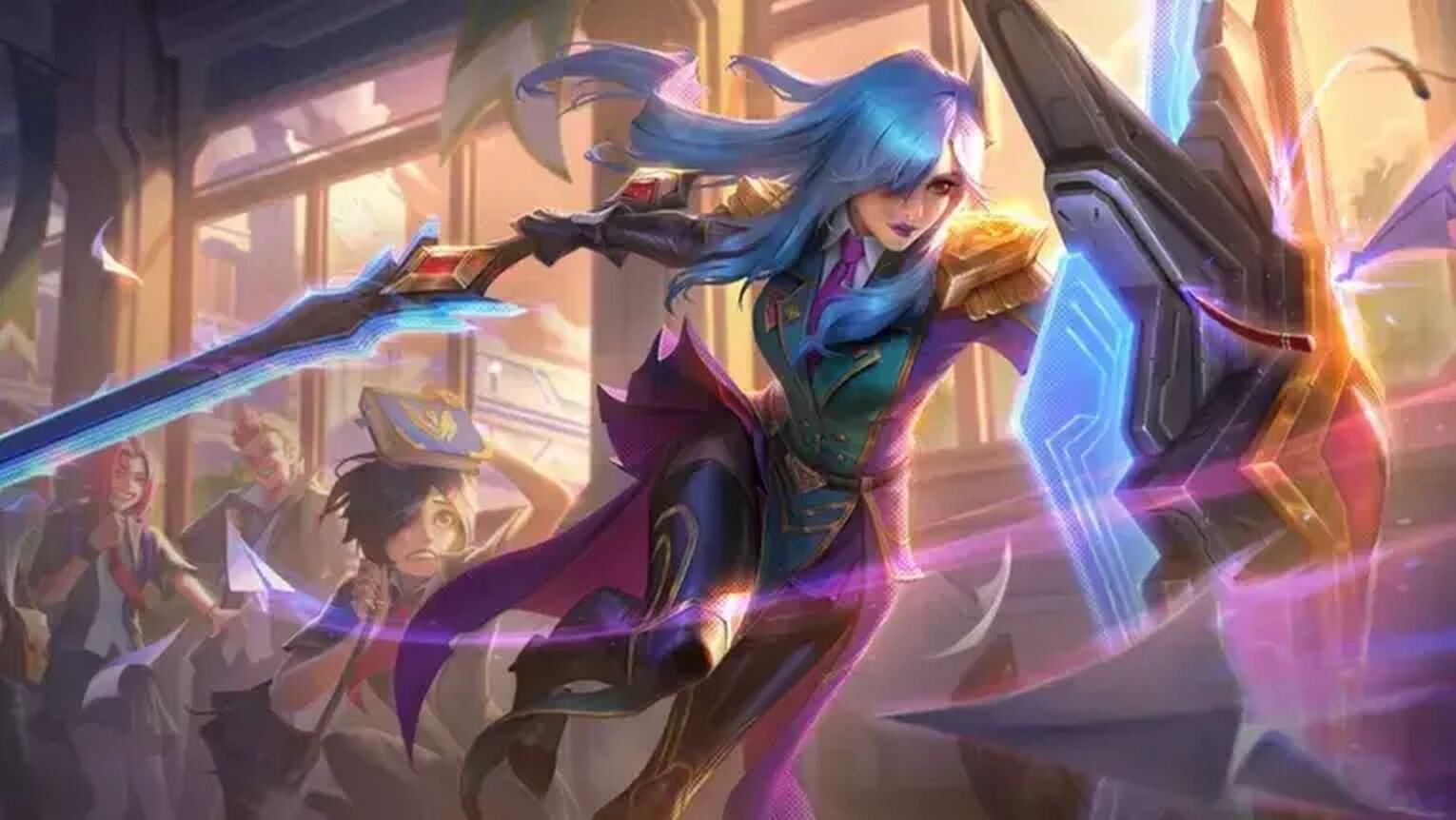
What differentiates Leona from other engage supports, aside from her early game tankiness from her W ability, is the fact that enemy bot lane cannot hide behind minions from her gap-closing ability, as it only targets champions, which is the biggest counter to champions like Blitzcrank or Nautilus.
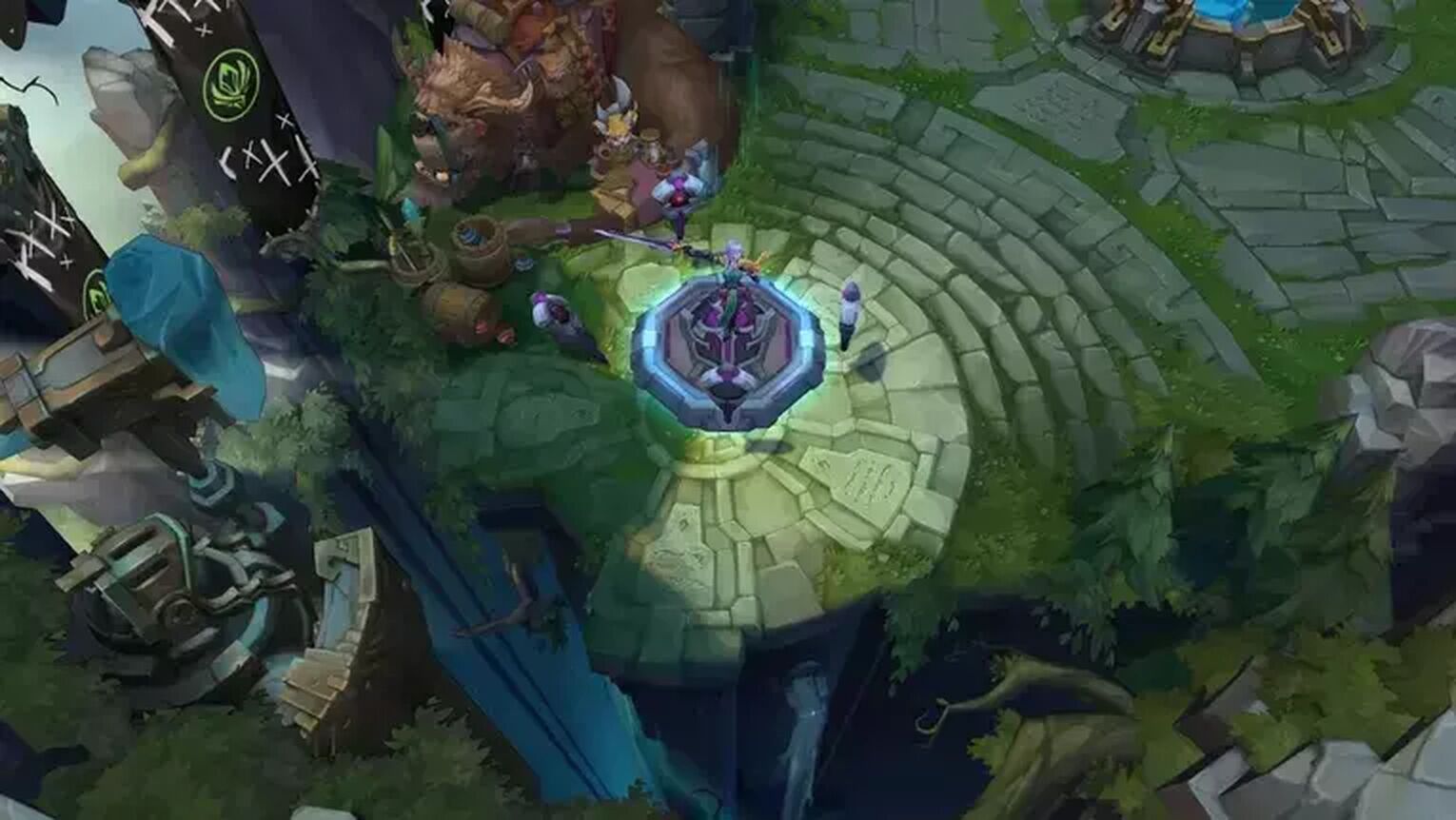
With her ultimate capable of stunning and slowing the entire team from a fair distance away, roaming as a support, and getting yourjungle fed, was never easier with Leona.
If you’re wondering why our list is obviously favoring enchanter support champions more than engage ones, that would be because, objectively, enchanter supports are better.
Their win rates are consistently higher every season, while they scale far better into the late-game than their engage counterparts. Still, playing enchanters is not as easy as it looks, as they are usually squishy targets and the first ones to be attacked by the enemy mid laners.


.svg)


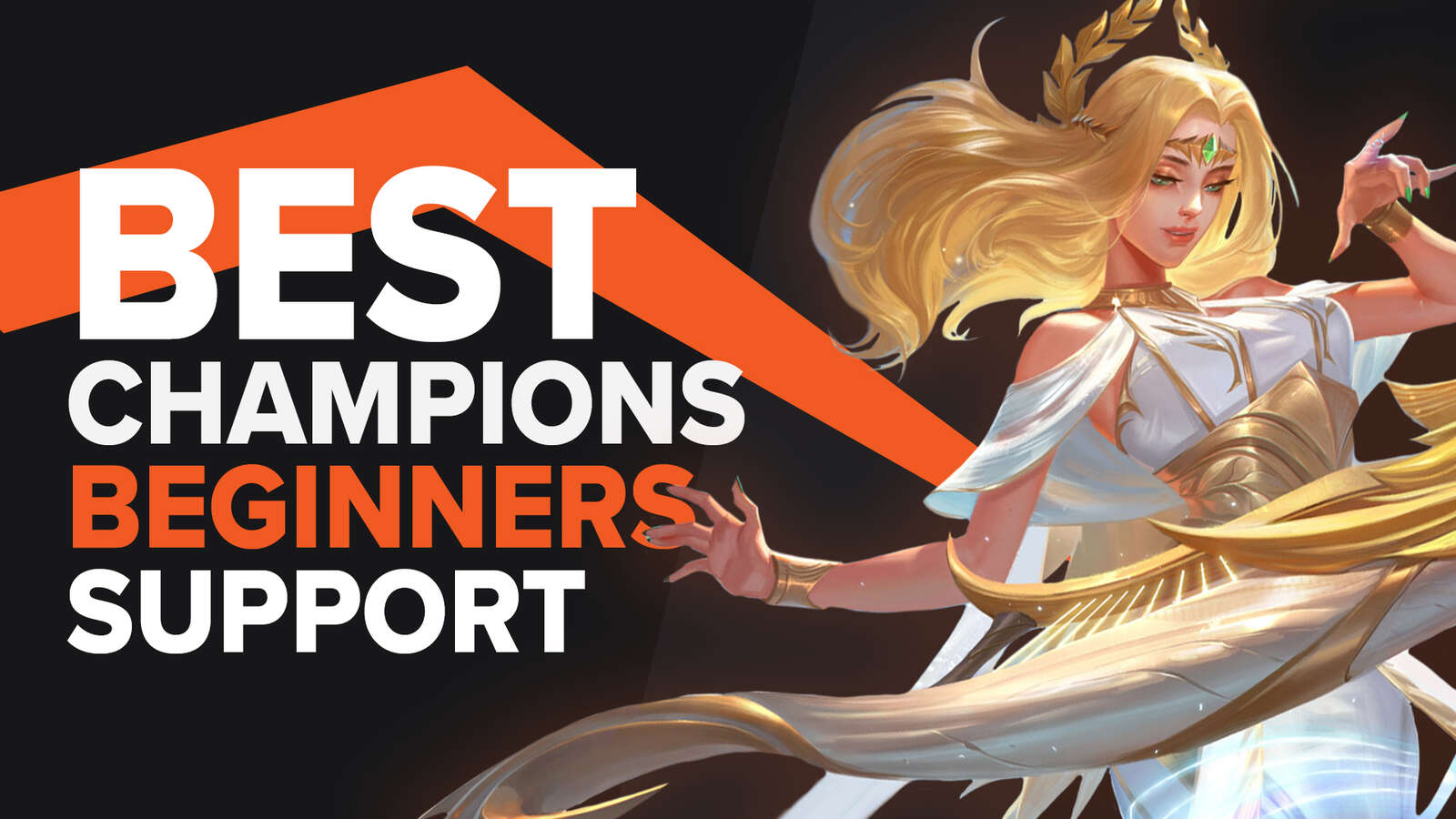
![How To Easily Check Honor Progress in LoL [Step-by-Step]](https://theglobalgaming.com/assets/images/_generated/thumbnails/591276/HOW-TO-CHECK-HONOR-PROGRESS_03b5a9d7fb07984fa16e839d57c21b54.jpeg)
![6 Hottest LoL Champions Out There [#5 Might Surprise You]](https://theglobalgaming.com/assets/images/_generated/thumbnails/66223/6208771dd96fc566fbeb928a_hottest20champions20lol_03b5a9d7fb07984fa16e839d57c21b54.jpeg)
